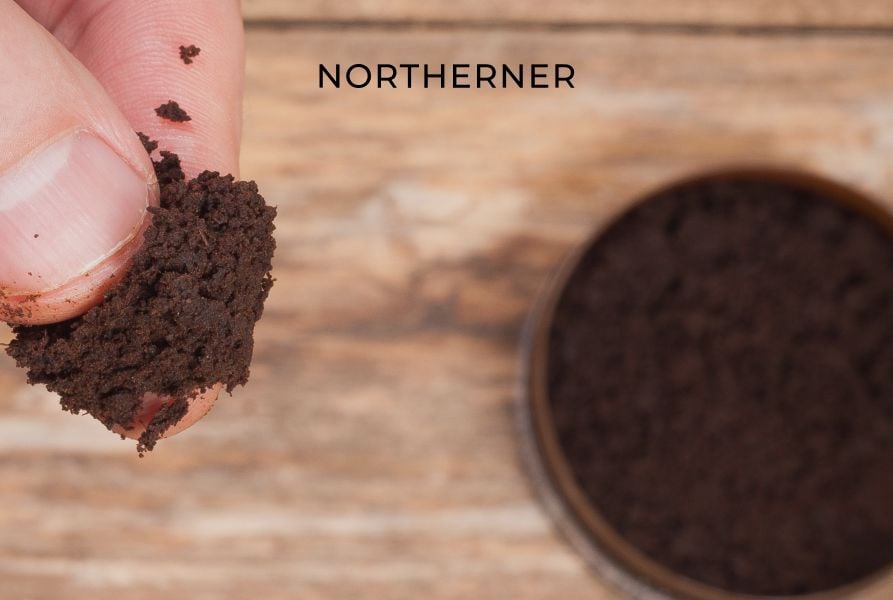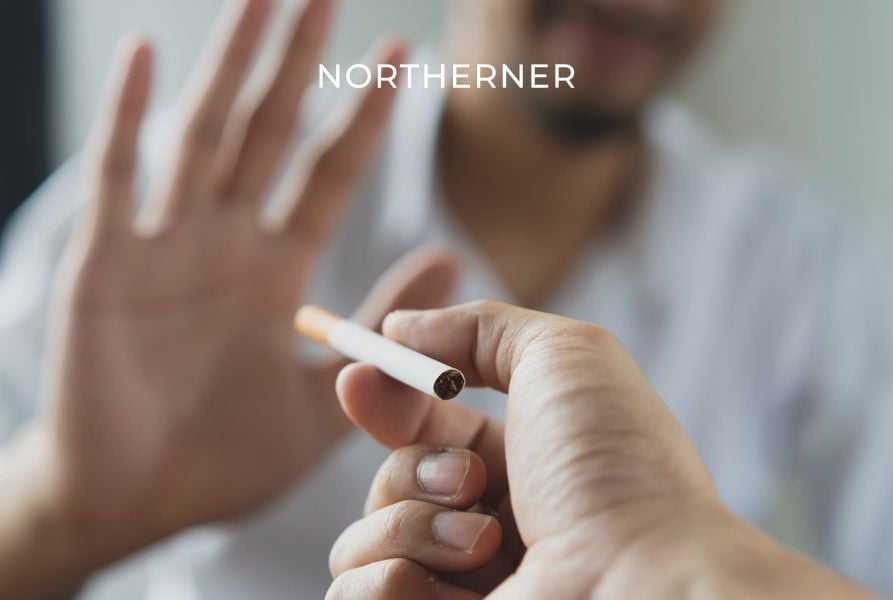What is Tobacco Dip? A Comprehensive Guide to Dipping Tobacco
Are you curious about dip tobacco and its various dimensions, from the different cuts and flavor options to the nicotine content and usage techniques? In this comprehensive guide, we will delve into the world of dip tobacco, also known as dipping tobacco, and provide answers to common questions such as "what is dip tobacco?" and "what is long cut versus fine cut?" We will look at popular brands like Copenhagen Snuff and examine how to use both long cut and pouches. This guide will also look into nicotine content, dip duration and even opening containers. Get ready to uncover the ins and outs of dip tobacco in our Northerner guide!
What is Dip Tobacco?
Dip tobacco, also referred to as dipping tobacco, is a type of smokeless tobacco product that is popular among individuals who prefer a smoke-free tobacco option. Unlike traditional cigarettes or cigars, dip tobacco is not meant to be lit or smoked, it is placed between the lip or cheek and gum where the nicotine is absorbed through the oral mucosa. Once a portion of the product is taken and placed in the mouth against the gum or inner cheek, saliva is produced which helps release the flavors and nicotine.
Dip tobacco is typically made from cured and fermented tobacco leaves. The leaves are finely ground or cut into different textures, resulting in variations such as long cut, fine cut, or even pouches giving plenty of choices for oral tobacco users.
The basic composition of dip tobacco consists primarily of cured and fermented tobacco leaves. These leaves are processed and prepared in different ways to create various cuts and textures. Common additives may include flavorings (with wintergreen and mint-flavored dip option), sweeteners, binders, and moisture retainers to enhance the taste, aroma, and overall experience. However, the specific composition of the dip tobacco products can vary among different brands and even flavor options.
Types of Dip Tobacco
There are different types of dip tobacco, each offering its own unique characteristics by changing up the cut, flavor, and packaging so there are many options to choose from. Let's explore the main types of dip tobacco, and show the differences between long cut vs fine cut and pouches vs long cut.
| Long Cut | Fine Cut | Pouches | |
| Texture | Long tobacco leaf strands | Finely shredded tobacco leaves | Pouches containing finely ground tobacco |
| Packing | Can be easier to pack and position in the mouth | Requires a more precise packing technique | Pre-portioned amounts |
| Spitting? | Spitting required | Spitting required | Optional (if required) |
Long Cut Dip Tobacco
So, what is long cut tobacco? Long cut dip tobacco features strands or leaves of tobacco that are longer in length. This type of dip tobacco offers a more textured and substantial feel in the mouth. Long cut dip tobacco is popular among users as they find it easier to pack and position.
Fine Cut Dip Tobacco
So, what is fine cut tobacco? Fine cut dip tobacco consists of smaller and more finely shredded tobacco pieces. It has a finer texture, allowing for a more uniform packing experience, where the tobacco can be packed tighter and may provide a different sensation compared to long cut dip tobacco options.
Dip Tobacco Pouches
Dip tobacco pouches, also known as snus or snuff pouches, are small teabag-like packets containing pre-portioned amounts of finely ground dip tobacco. Dip pouches are convenient and offer a less messy to enjoy dip tobacco without the need for spitting. These pouches are similar to snus, and they can be placed between the gum and lip, allowing the flavors and nicotine to be absorbed via the lining of the mouth. If you are curious about the key differences between snus and dip, read our snus vs dip guide.
How to Dip Tobacco
Curious as to how to use Copenhagen snuff or other loose dip options? To use dip tobacco, take a pinch of tobacco out, place it between your inner cheek and the lower part of your jaw, then suck or chew on the product gently. Make sure to have either a “spittoon” or some sort of mudjug to spit your dip spit into. How long you decide to keep it in your mouth is completely up to you, but around 30 minutes is the average of how long you should keep a dip in.
Dip Tobacco Flavor Options
Dip tobacco is available in a range of flavors, with popular flavors including wintergreen, mint, straight, natural, and fruit flavor options. These flavors add variety and add to the tobacco flavor of the dip tobacco.
Dip Tobacco Nicotine Strengths
The strength of dip tobacco can vary based on the brand, specific product type, and how much dip you use in a pinch. Dip tobacco usually contains nicotine, which is a naturally occurring stimulant found in tobacco. The nicotine strength in dip tobacco can really vary, with some variants having a higher nicotine content while others may offer less intense nicotine strengths. On average though, a standard dip tobacco product can contain around 4.98-7 mg of nicotine per gram.
Top Brands of Dip Tobacco
Learn more about the top 3 brands.
1. Copenhagen Tobacco. Copenhagen is 100% American-grown tobacco and is the top best-selling dip tobacco brand on Northerner. Their range is made using high-quality tobacco leaves in their dip products and offers a selection of different flavor options.
2. Skoal Tobacco. Skoal Tobacco was introduced in 1934 and is made from 100% American-grown tobacco. The Skoal tobacco range has fine cut, long cut and two different pouch forms (Skoal Pouches and Skoal Bandits) on offer.
3. Grizzly Tobacco. Grizzly Snuff is an American dipping tobacco that offers long-cut, fine cut, and dip pouch options. Their range has strong tobacco flavors on offer.









